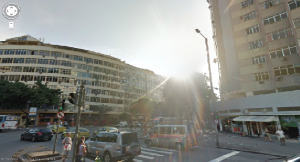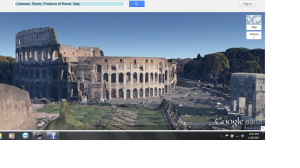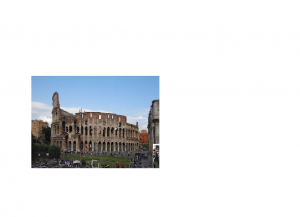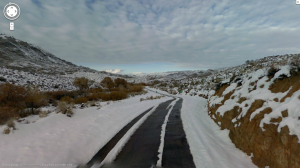@samai14
I found this image in Rio de Janeiro, Brazil. It is very unique and it has a beautiful view of the sunset/sunrise. With this image I can really imagine myself in this image. I can hear the traffic, the people talking, and the honks. I picture myself squint my eyes because the sun is bright and shinning. The sunrise in particular makes the image come to life, which is what Walter Benjamin was basically trying to say on the article. “Since the eye perceives more swiftly than the hand can draw, the process of pictorial reproduction was accelerated so enormously that it could keep pace with speech”. (section 1, paragraph 2).
The sunset in this image is an example of what Walter talks about “If, while resting on a summer afternoon, you follow with your eyes a mountain range on the horizon or a branch which casts its shadow over you, you experience the aura of those mountains, of that branch.” (section 3, paragraph 2) Walter wants you to experience the image as if you were in that place in that moment, he wants you to enjoy and explore the details. Like I said before he wants you to bring the picture to life.




